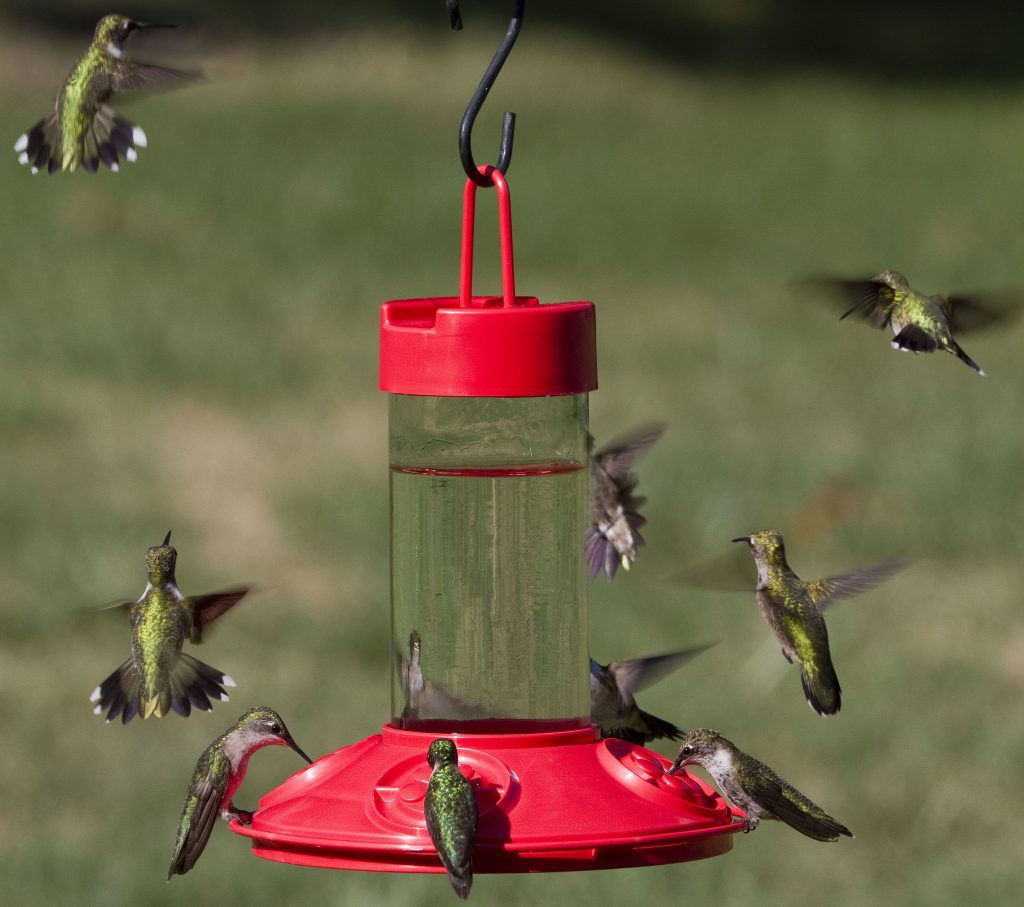By: Kaylee Paffrath
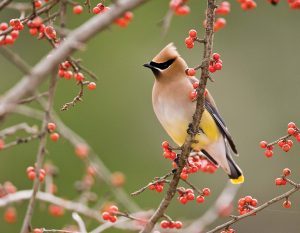
We see the great migration of birds, insects, and other animals in and out of Missouri each year. What drives these animals to migrate? The natural need to feed and breed of course. Migration is nature’s way for a bird to take advantage of new dining or nesting opportunities. Birds are traveling from areas of low resources to areas of higher resources that better align with their needs at the time. In North America approximately 350 species make the great migration to nonbreeding grounds in winter and back to breeding grounds in the spring.
Missouri can often be a tricky place to see some common migrators due to the infrequent weather conditions. Early or late winters greatly affect the bird’s internal “trigger” to migrate. Some northern migrators such as grosbeaks, pine siskins, crossbills, redpolls, goshawks, prairie falcons, snowy owls, and northern shrikes don’t always make the migration south to Missouri.
Not all birds migrate of course, and you might see some frequent visitors at your feeder this winter with over 143 different species hanging around each year. Even a beginning birder can make some easy identifications in winter with the proper set up. Feeding Missouri’s birds in winter will provide opportunities to see rare birds as well as assist in providing the essential dietary elements these birds chose to hang around for. Consider keeping a field guide handy for quick identification – we’ve got plenty at Songbird Station.
What birds can you expect to see at your feeders this winter? You will almost always see common birds such as the American robin and mourning doves but you will also see woodpeckers of all sorts including red-headed, red bellied, downy, and pileated, belted king-fisher, yellowbellied sapsucker, cedar waxwings, blue jays, horned larks, mockingbirds, dark-eyed juncos, brown-headed cowbirds, house finches, American goldfinches, house sparrows, and more totaling over 48 species!
Attracting Missouri’s songbirds to your backyard can be easy. A clean, ice-free, water source makes a huge impact on what birds you will see at your doorstep. A de-icer or heated birdbath is a must have, especially in central Missouri plus a de-icer will help keep your ceramic or concrete birdbath from cracking. All birds require water for drinking and bathing. Consider purchasing a birdbath protector like the Songbird Essentials SE7030 Birdbath Protector which helps to naturally clean water without the use of toxic chemicals.
The second key element in seeing Missouri’s unique songbirds this winter is to provide the best possible nutrition. Quality foods high in fat like suet and nuts is essential. Food quality directly affects a wild bird’s ability to stay warm and survive. Check your feeder levels more frequently in winter. Using a feeder such as a Songbird Essentials Fly-Thru feeder allows you to easily see seed levels and refill. Never, ever give birds bread! Bread provides ZERO nutrition for birds as they are full of empty calories. Birds can freeze to death overnight on a “full belly” of breadcrumbs.
Winter offers many relaxing moments watching the birds go about their daily feeding routines from the comfort of your home. Winter is also a prime time to prepare your Spring housing. Yes, you can already start dreaming of Spring and what Missouri birds you may see in your backyard in April or May. Established houses not only improve your chances of attracting desired birds such as bluebirds, wrens, and chickadees in the Spring, but they also provide shelter for those Missouri birds that do stick around and survive the cold Missouri winters.
Watching backyard birds in Missouri is a fun winter pastime. Let our staff help you create a winter birding wonderland in your backyard to see some of Missouri’s feathered wonders this holiday season.


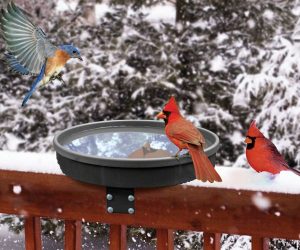


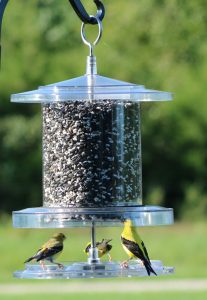
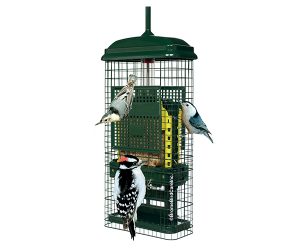
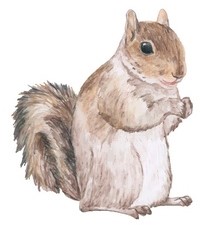
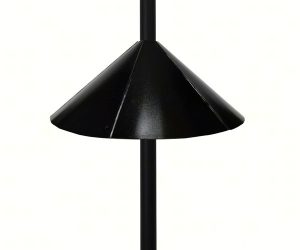

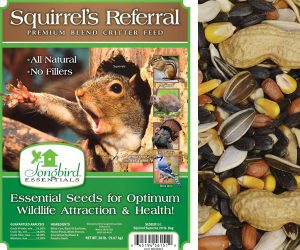
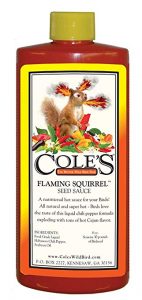
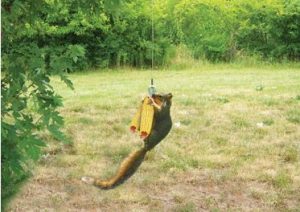

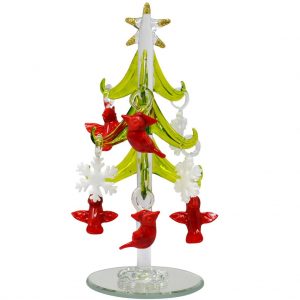
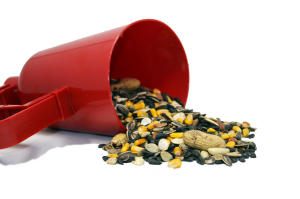
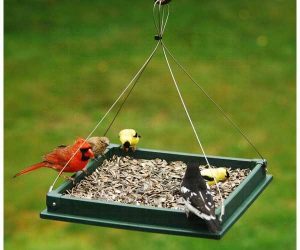
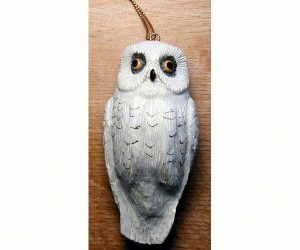

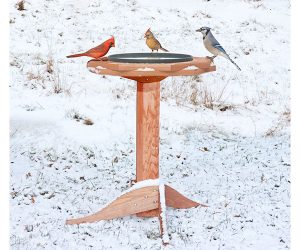
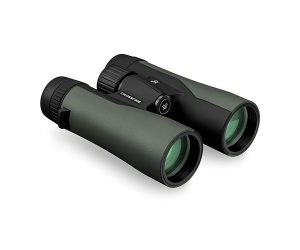
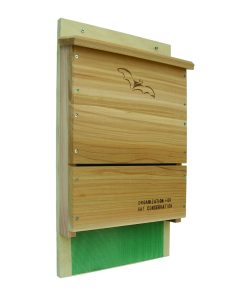

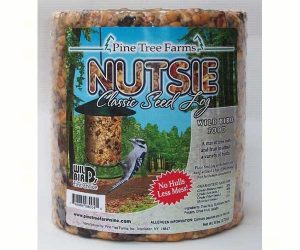
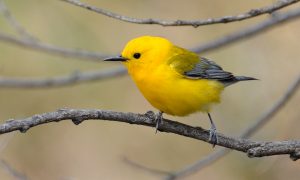
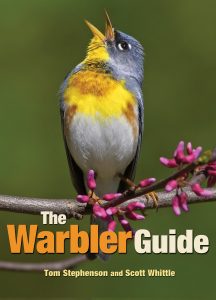
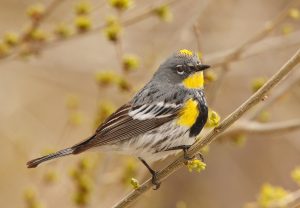
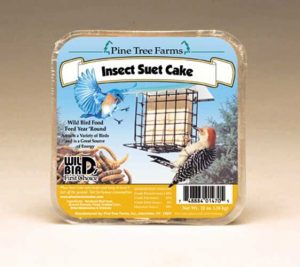
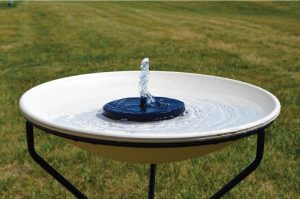
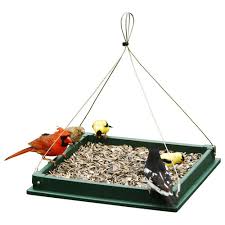
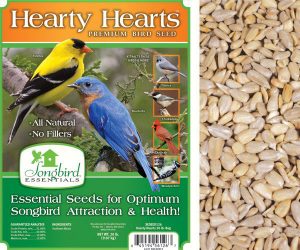
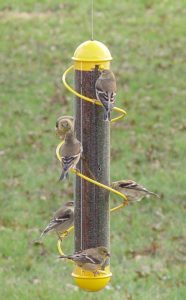
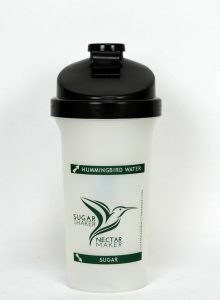
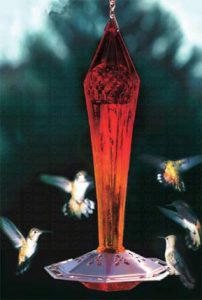
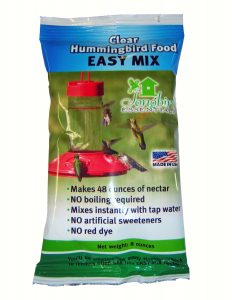
 Dr. JB’s Complete Switchables Available in
Dr. JB’s Complete Switchables Available in 